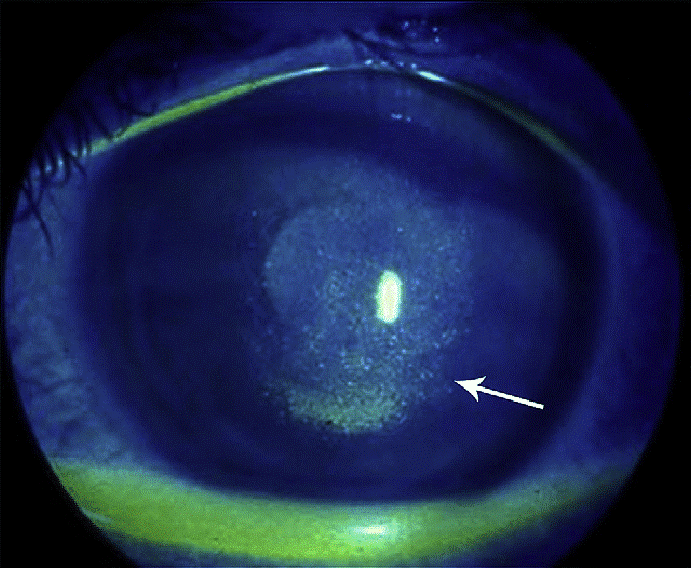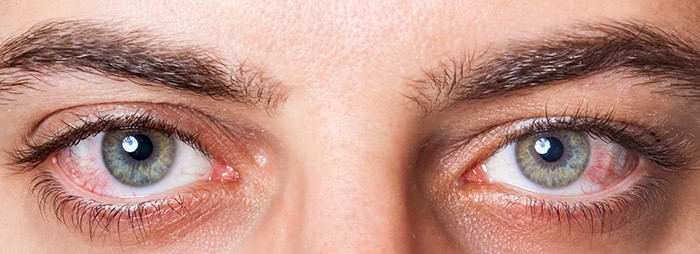Dry Eyes
Dry eyes occur when you do not produce enough quality tears to lubricate the eye well. Without adequate tears, your eyes feel uncomfortable and your vision may blur. Every blink spreads the tear film over the eye. It is made up of three layers:
- An oily layer on top
- A liquid layer in the center
- And a mucus layer on the bottom
Each layer surveys a purpose. For example, the top oily layer helps prevent evaporation of the tear film. This layer comes from the glands in the eyelids called Meibomian glands. The watery layer comes from the lacrimal glands and the mucus layer from the conjunctival surface. A deficiency in any of these layers can lead to dry eyes.
Common Symptoms of Dry Eyes
- Tearing is the most common symptom, these reflex tears are meant to wash things out of the eye in response to irritation, they do not lubricate the eye well.
- Blurred vision, particulary when reading (as you blink less while reading)
- Scratchy or gritty feeling
- Red eyes, irritation
- Difficulty wearing contact lenses
Common Causes of Dry Eyes
- Blepharitis – red, swollen eyelids
- Certain diseases – like rheumatoid arthritis or Sjögren’s Syndrome
- Certain medications – diuretics like Lasix, antihistamines, Beta blockers for heart problems, antidepressants and anxiety medicines.
- Smokey or windy environment, air from car vent
- Poor lid closure or lid position (like ectropion when a lid turns out)
- Prior LASIK
Diagnosis of Dry Eyes
Our doctors use a combination of your history and clinical findings like a reduced tear film or a quick break-up time for tears (how long it takes for dry spots to appear after a blink). We can see the damaged cell of the corneal surface with our microscope (see photo below). And we have diagnostic tests that measure the tear films osmolality and for the presence of inflammation. Our doctors are experts in dry eye treatment. Having a good tear film is particularly important for patients with Advanced Technology Intraocular Lens implants in order to achieve their best vision.

Treatment of Dry Eyes
The first line of treatment is regular use of artificial tears, usually three to four times per day. These are over the counter (OTD); some good brands include Refresh, Systane and Theratears. If the regular use of artificial tears is insufficient, there are now prescription medicines for dry eyes, Restasis and Xiidra. Both are twice a day. They work best when continuing the artificial tears as well. Some patient benefit by blocking the tear drain called the punctum with punctal plugs.
Our doctors are experts in treating dry eyes and ocular surface disease. We can help you find the best solution for your dry eye problem.

